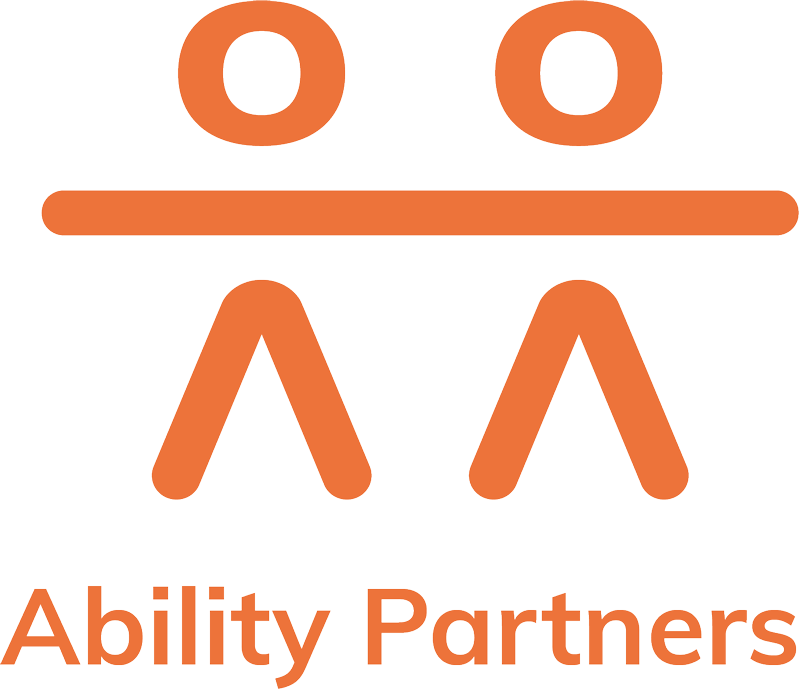During the pandemic, telehealth became popular in allied health and Occupational Therapy to replace face-to-face therapy during strict government restrictions. Telehealth is still being used as a primary therapy and a supplementary therapy.
Journal in review: Telehealth for the Provision of Occupational Therapy: Reflections on Experiences During the COVID-19 Pandemic
Methodology review
This journal is a level 5 cross-sectional qualitative study, completed by Occupational Therapists and Occupational Therapy assistants.
The survey was created in a focus group with nine OTs and one OTA to develop the questions as there is no existing validated surveys.
The survey was delivered through a Google forms survey and recruitment was through email and social media.
· Use of social media makes it impossible to determine an accurate response rate.
· Uneven distribution of OT areas with most OTs working in schools – hard to generalise the data across multiple scopes of practice.
The data was then analysed by Arizona State university Biostatistics Core teams using a method to thematically calculate all the open-ended questions with a third member arbitrating when there was a disagreement. Also analysed by common themes in the open-ended responses.
Cons:
· Low level evidence
· Hard to generalise the data and does not statistically represent the general population – as this is an American study, it is unsure of whether the results are significant to Australian OT’s
· Small sample size of 230 respondents. Requires a large sample size across multiple sessions to gather a variety of perspectives over a period of time, as perspectives can change overtime. – would also benefit from a follow up survey as respondents can change their opinion day to day
Pros:
· Open ended allows a greater understanding of attitudes, opinions and perspectives. Allows participants to answer creatively, which allows opinions that were not previously thought of and opinions that are outliers.
· Focus is on the human experience.
Further investigation is needed into the participants and their families’ views of Telehealth to see if the results match up. Follow up of the respondents is needed and a larger sample size.
Practical applications and take homes:
• Telehealth is a suitable option to provide therapy to clients with access to technology in congruence with face-to-face therapy. It will allow the continuation of care and assist in following schedules when face-to-face services cannot be provided due to adverse weather events, illness or lack of time.
· Telehealth is a suitable option to provide therapy on an ongoing basis, with a focus on the parent/caregiver coaching model in which therapy strategies can continue beyond therapy.
· To overcome barriers of technical difficulties and concerns by skeptical nominees, participants, organising a telehealth trial may be beneficial. 15-minute trial to confirm the technology aspect works, and demonstrate some of the more interactive features of our telehealth platform may help break down barriers.
· Interestingly, the increase report parent/caregiver engagement, as telehealth forces the parents to be more present in the session and engage more activity. This is a gold standard benefit for Telehealth compared with in-person therapy where parents are often inclined to leave the therapists with the participant for the session, or utilise the session as respite to complete other tasks.
o There is a learning to take from this for in-person therapy. Setting expectations at the commencement of a therapy plan regarding parent/caregiver involvement will improve efficacy of therapy.
· Main con of this study is the fact that it surveyed therapists who already practiced within the telehealth space. Twofold issue here in terms of
o 1. Conscious and/or unconscious bias toward over reporting benefits of telehealth as this is the therapist’s line of work.
o 2. No participants or care givers reported, they may have a very different perception of the efficacy so further research looking at participant reported telehealth OT outcomes would be beneficial.
Leave your comments or questions below.


